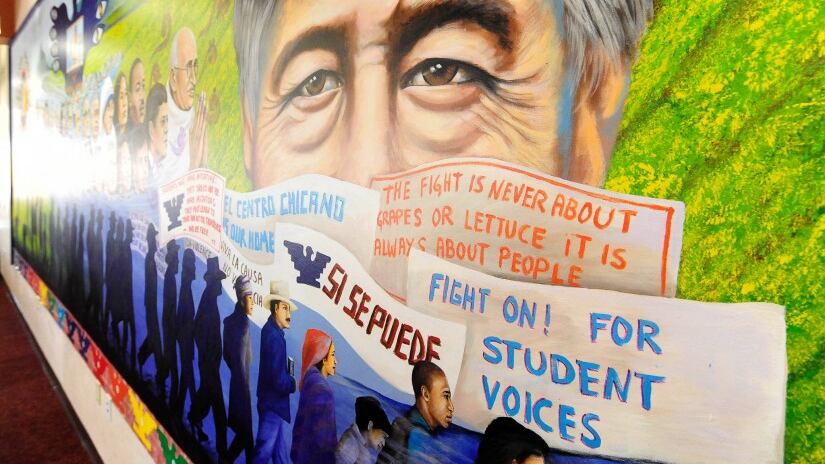For Latinx students, coming to an institution like USC can be a shock. Finding a community is often detrimental to the wellbeing of students. Luckily the Latinx/Chicanx Center of Advocacy and Student Affairs, more widely known as La CASA, has offered that home away from home since 1972.
La CASA has only grown in population and popularity since its establishment, forging leadership and community for a group that makes up 15% of the USC population.
Now, La CASA will be opening its doors to the community in a bigger space.
According to Leticia Delgado, the Center Supervisor of La CASA, the center will be moving to the El Rodeo and Daily Trojan offices located on the fourth floor of the Student Union. Construction is set to start in May, after graduation, so that the new space will be accessible to students starting in the fall of 2023.
“I’m excited for a bigger space,” said junior political science student and La CASA Cultural Ambassador Adrian Salguero Guevara. “For some of our bigger events, it’s really hard to fit everyone in here.”
Although there were benefits to moving La CASA into the student union back in 2014 —like having the center closer to other cultural spaces —the space significantly downsized instead.
In the early days of La CASA, previously known as El Centro Chicano, the space was located off campus on Jefferson Street. Two stories were allocated to the center. Then, La CASA moved to the United University Church on the third floor before finding its way to the Student Union.
More space is a major benefit of having a larger location, especially for programming as Adrian Salguero Guevara said. At this semester’s open house, the current location of La CASA welcomed 217 students. It was at the open house that University President Dr. Carol Folt made the announcement of the location change.
“USC Student Affairs is committed to building community among all of our students,” said Monique S. Allard, interim Vice President of Student Affairs, in a statement to Annenberg Media. “This includes expanding and modernizing many of our student spaces, including La CASA.”
Once moved in, La CASA will be twice the size of its current space. Student Publications says the change is still under negotiation.
Nonetheless, the change in space has been welcomed with open arms by La CASA and other cultural centers who will also benefit from the construction. For example, Asian Pacific Student Services, or APASS, located in STU 410, will share the larger kitchen space with La CASA.
“I’m so happy for the Latinx students because they will have a bigger space. And these cultural centers are so highly important for them because they feel like they belong,” Delgado said. “These are hubs for students. It’s a place where you can take a power nap in our napping pods … If you’re a commuter, you can put your lunch away in the refrigerator.”
The legacy of La CASA as a center for community, culture, leadership and student wellbeing will only continue to grow as it embarks on this monumental change and opens its space to the growing Latinx population at USC.
